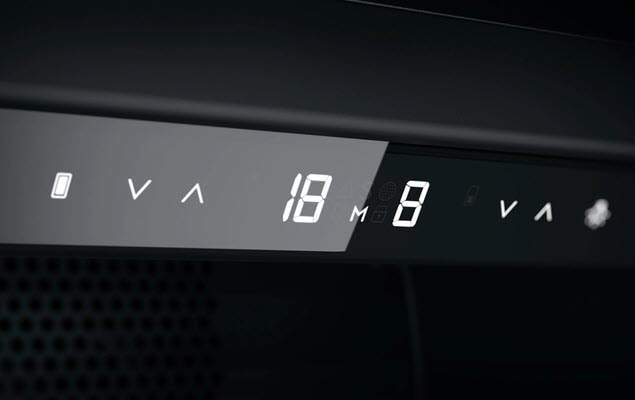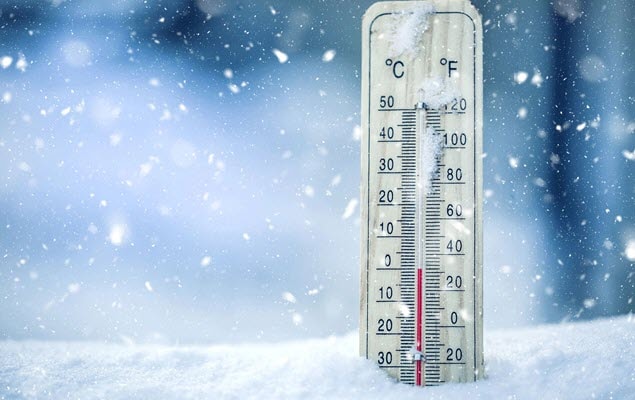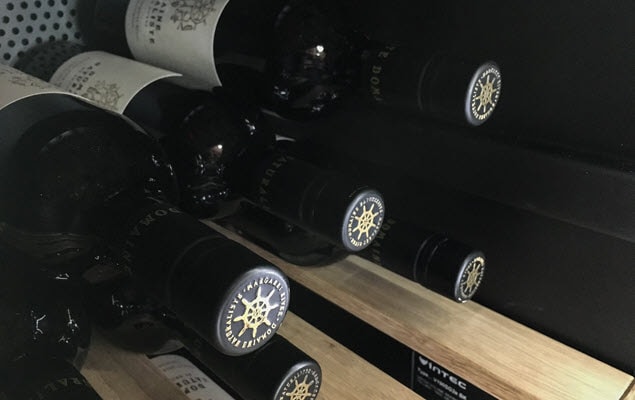As the leading supplier in climate-controlled wine cabinets with over 30 years of experience in wine storage, we only ever recommend considering wine cabinets equipped with compressor systems, especially given Australia’s extreme climate. This applies to both cellaring and serving cabinets.
The main reason for this is that compressors are much more capable and efficient at maintaining stable temperature even when external temperatures fluctuate. This is crucial for your wine because stable temperature is the most important factor in wine storage.However, both systems are available on the market and there are some exceptions to the rule, so we have laid out below for you the main pros and cons of each system to help you can make an informed choice.
NOTE: We’ve had this comparison checked and signed off by a third-party refrigeration engineer to ensure validity of all information outlined.
Compressor technology
Wine storage cabinets are generally equipped with compressors (which use vapour compression to achieve desired temperatures) rather than with thermoelectric systems. The latter are more frequently found on “wine chillers” or “coolers”.To achieve cooling, the compressor pumps a refrigerant gas through the refrigeration system, which is composed of many elements including evaporators and condensers. In a good setup, the compressor should be mounted on the body of the wine cabinet and secured by means of rubber shock pads that absorb vibrations. This is to avoid any transmission of vibrations to the wine. Internal fans are used in some cabinets to maintain uniform internal temperatures, while others use external fans to blow heat away from the compressor.
Compressors can be equipped with many different types of refrigerant gases, some of which are more energy-efficient than others, for example R600a which also has zero ozone-depleting properties.
Advantages:
- Consistent temperatures and better control of temperature
- Easily serviced by any competent refrigeration service engineer
- Modular and individual parts means replacement is possible if required
- Generally more expensive than thermoelectric systems, and are more labour-intensive to manufacture and install
Thermoelectric (Peltier) cooling
Thermoelectric cooling uses the Peltier effect to create a heat flux between the junction of two different types of materials. The device has two sides and when DC (direct current) flows through the device, it brings heat from one side to the other, so that one side gets cooler while the other side gets hotter. It is obviously the cooling side that is important in refrigeration. Fans are generally used to distribute the cool air throughout the cabinet.Advantages:
- Peltier – no moving parts, fluid or refrigerants
- Cheaper to manufacture, and less labour-intensive to install
Disadvantages:
- Limited temperature pull-down capability
- Not effective outside its very limited operating ambient temperatures
- Generally only around 10-15% as efficient as the ideal refrigerator (Carnot cycle), compared to 40-60% achieved by conventional compression cycle systems (vapour compression)
- More costly to run as it is not as efficient as the vapour-compression systems (in terms of coefficient of performance
The take-away
Wine storage and preservation is about consistent temperatures and control at all times. Given the inefficiencies of the Peltier system, thermoelectric cooling is generally severely lacking in temperature pull-down capacity versus compressor cooling systems. This is a particularly important issue when you open the door of your wine cabinet to:- load more wine into your cellar;
- view or organise your collection; or
- pick out bottles to open and drink,
All Vintec and Transtherm wine cabinets are equipped with high-quality and quiet compressor systems, which have been thoroughly tested to ensure they function well in Australian and New Zealand climates.
Read These Articles Next

How to choose a good wine cabinet
Whether you like to drink your wine young or let it age gracefully, it is a well-known fact that you must store it in a climate-controlled environment if you want to protect it from spoiling.

Wine climate control systems: Compressors vs. Thermoelectric
We are often asked what the best refrigeration system is when looking for a wine cabinet: compressor technology or thermoelectric cooling?

What’s corked wine?
Widely discussed but often misunderstood, cork taint is a single, specific wine fault. Here’s how to identify corked wine – and what you can do about it. Without realizing it, you have probably tasted corked wine. You might have eaten corked bananas too, or even drunk corked coffee. In each case, the same culprit is responsible, a malodorous chemical known as TCA, or trichloroanisole.

Six expert tips for cellar care
As with any household items, housekeeping is essential for the long-term efficiency of your wine cabinet. It’s also the perfect opportunity to reorganise your cellar based on your “drink now” and “drink later” wines, and to update your Vintec Club virtual cellar management tool.

